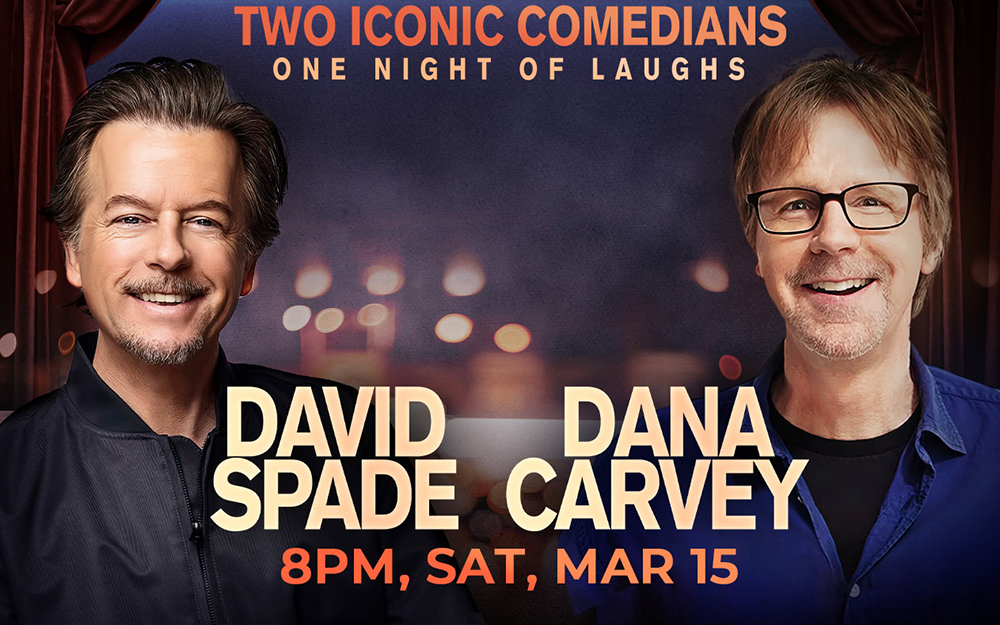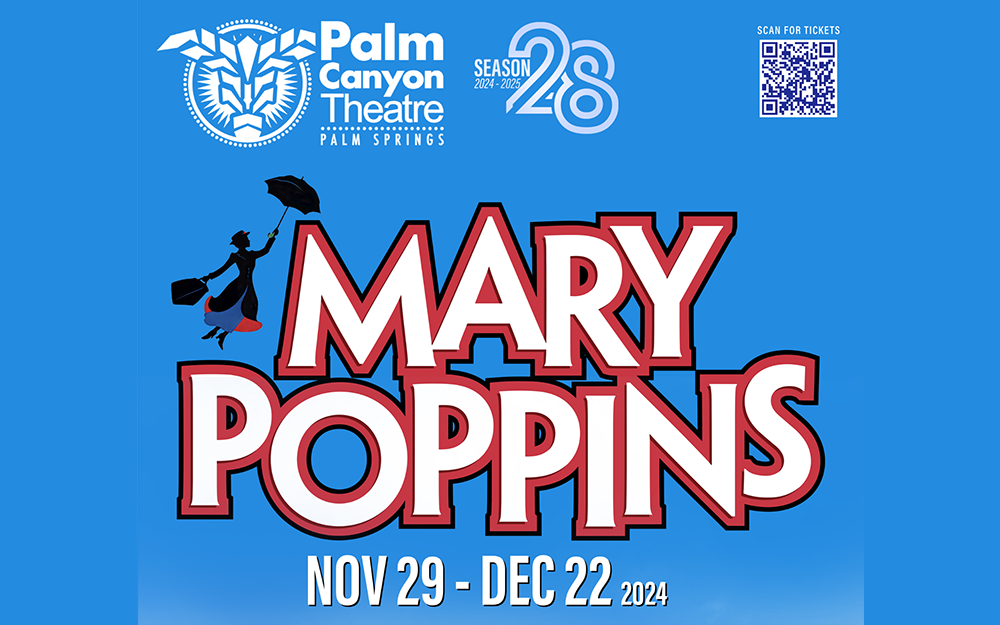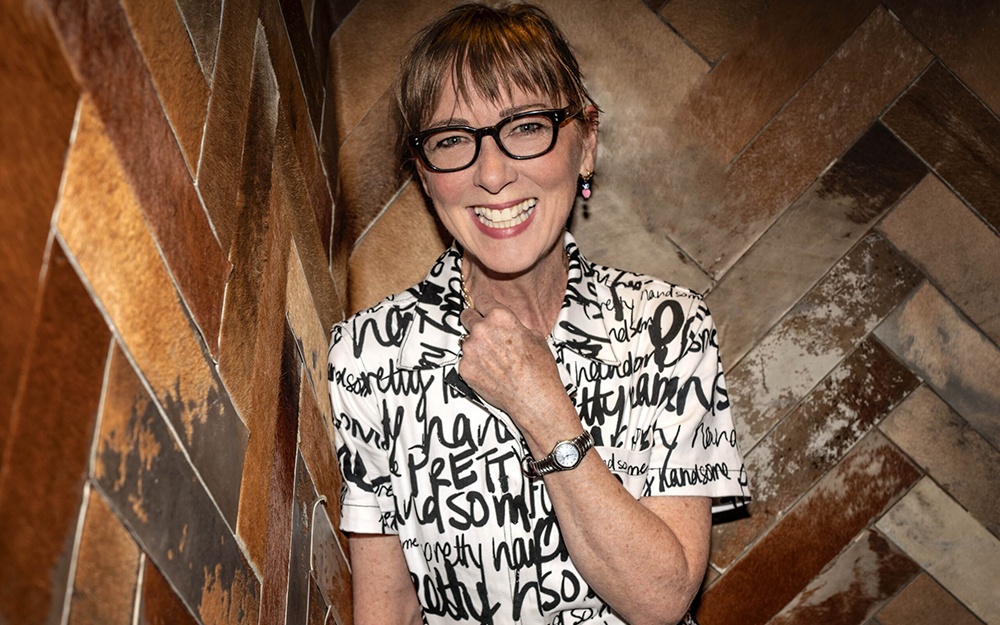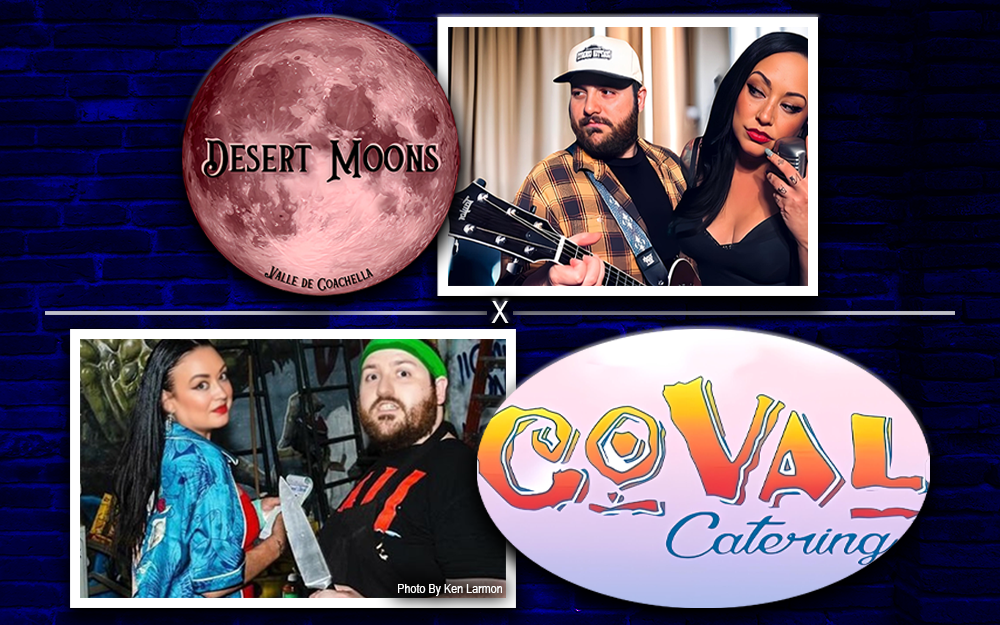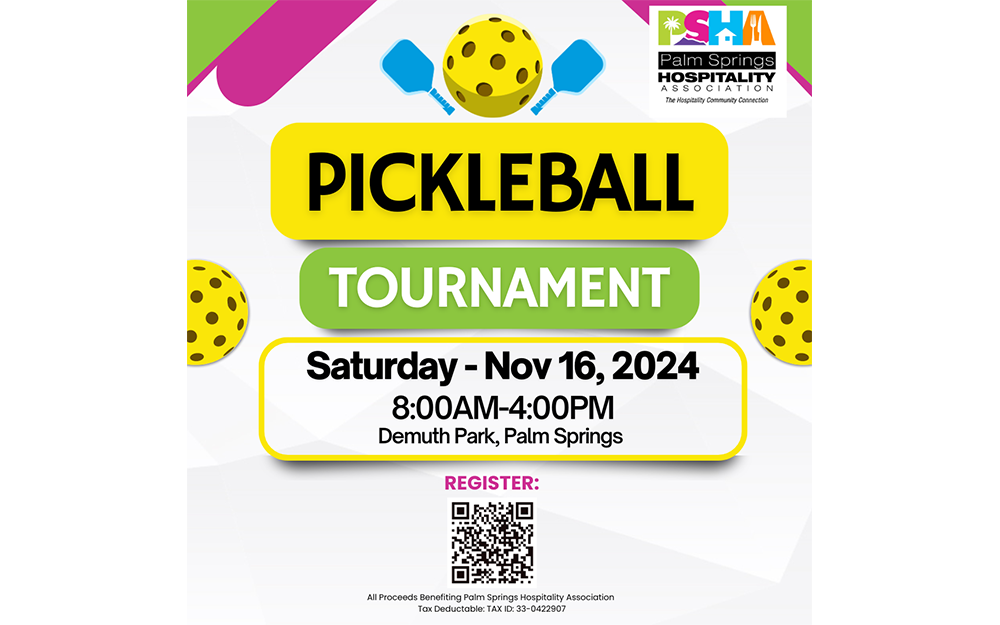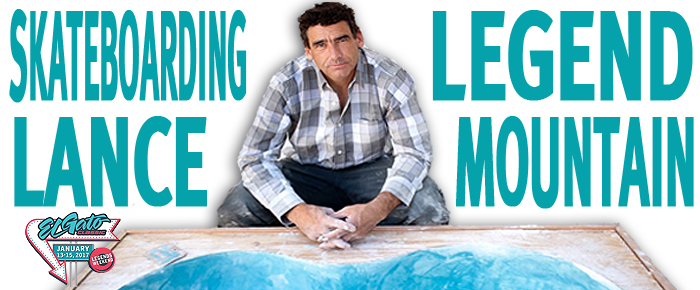
By Gilbert Ward Kane
Coachella Valley Weekly: What was it about skateboarding that interested you?
Lance Mountain: I was about 10, so you’re trying to find things you’re interested in. I had four or five friends who were 4 years older than me. We played a bunch of games. Everything was established and judged. All the rules were set to let you know if you were going to be good at something. If you could run fast, you’re a good runner. If you could jump high, you could dunk a basketball. If you could fake someone out, you were a good receiver. Skateboarding was completely wide open. There was nothing to say you were good or bad. It was like a little adventure. You had this toy and you could do whatever you want on them. We played tag on them, we played basketball on them, some guys tried to do 360s on them, and other guys tried to go as fast as they could on them.
CVW: You were part of possibly the most influential team of skaters ever. Can you tell me a bit about your time with The Bones Brigade? How did it come together and how was your time with them?
LM: “The most interesting thing for me about that whole thing was I was a little bit older than the other kids who got sponsored. At that point they were looking for the next generation who might be good. Stacy (Peralta) sponsored kids at 13, 14, and 15. I didn’t get sponsored until I was 18 by them. I was sponsored by somebody else first and then came on board. He didn’t every pull people from other teams. The team I was on, which is the same one Eddie (“El Gato” Elguera) was on, Variflex, faded away and the people in charge went on to other things. The people on that team had to find other things to do, and a lot of the guys quit skateboarding. I was in a place when Stacy could put my on Powell-Peralta. It was a real blessing that I was put on the team coming from another team. I feel blessed for the opportunity Stacy gave me. That team was run by somebody who was already a professional who knew how the industry worked. It has been proven when you have good graphics, you have good product, you have good advertisement ideas, you have good stories, and you have plenty of great skateboarders who are driven in different ways – driven to win contests, driven to come up with new tricks, and driven to rewrite the ways to be a pro- you’re going to have success. That time never existed before and will never exist again, and it feels really good to be a piece of that. I feel super stoked I was given that opportunity. I feel I was groundbreaking in the way you get sponsored, the way you get popular, and the way you make money. It was different than the guys who came before me.”
CVW: After leaving Bones Brigade you founded The Firm and later went on to skate for Flip. Was it an easy split, or was there animosity with Bones Brigade?
LM: No. I don’t think there was animosity. That doesn’t mean there weren’t hard times. We were the result of the split between Stacy and George. The industry was changing again. It was our time to step aside for the next generation and go get jobs somewhere else in the industry to survive. We were taught so well. It was hard and a battle to reinvent yourself and try to make a living. I think it was hardest for Stacy because Stacy kind of had to leave the industry and maybe didn’t want to. I mean, it’s hard to say because ultimately that’s up to Stacy how he felt. His absence from skateboarding drove us to work harder to stay in skateboarding. We didn’t want to leave. I feel like maybe we were mocked since we were the older guys. ‘Why won’t these guys leave?’”
CVW: I’m in my mid 30’s, and I’m so afraid of falling and breaking myself now, how do you get over the fear of a big wipeout? Is skating as easy as walking to you at this point?
LM: “I’m sitting here with a broken ankle in three places at the age of 52. My last major injury, I was out for a year and a half. I’ve been hurt a lot in the last five years. There’s this resurgence of “30 years ago.” It’s hard to realize I can’t do what I could 30 years ago. I work hard on doing new things and push myself harder than I probably should. It stinks being hurt. The pain doesn’t really matter. It’s the time away. When we were growing up, if you came back off of a six month industry, a lot of times the industry changed so much, your career couldn’t recover. That’s always in the back of my mind. I trust in the Lord. He gives me the strength to make it happen. When I don’t want to do this anymore, I won’t. The pain never scares me away. A lot of guys can’t handle the pain, but pain goes away. Everything we do has consequences. I have to check myself all the time.”
CVW: If you don’t mind, I’d like to change direction a bit and talk about your art career. When did you first start creating art? Was it always a big part of your life, or did it come later?
LM: “I always burst everybody’s bubble when it comes to art. My dad was always creative. He moved here from England and did window displays. It was a very creative household. I don’t remember a time when we weren’t drawing, creating silk screens, building models, building rockwalls, or building Japanese gardens. It was normal to do creative things in my household. It wasn’t until later when we were compared to The Addams Family, that I realized we were different. ‘These guys have a museum in their house and a crazy garden.’ Then I started skateboarding and had to do a book report. I drew a picture of (Tony) Alva and had a poem. I pretended I was doing school work, but really I was skateboarding in my brain. It was hard to get product back then. We painted our own skateboards. We wanted our own logos. We wanted the product back then, but we didn’t know where to get it, so we started making copies of the shirts. I slowly ended up getting sponsored by a skate park. They had me do a magazine advertisement when I was 16 or 17. I drew my first board for Variflex then somebody else redrew it. Then I met Neil Blender who was an inspiration to us all. My friends wanted me to come up with ideas for their boards. When my son was 4, I took a lot of his drawings and reworked him. That came to be my style. This is where I burst everybody’s bubble. I don’t think of myself as an artist. I’m a skateboarder. I couldn’t function in the art world without skateboarding. I like creating stuff. I would have done that privately if somebody didn’t approach me and tell me they wanted my stuff. I never went to art school, and my technique is wrong. I have a good friend who teaches art, and he tells me sometime I’m doing things wrong. ‘You put acrylic over oil. That won’t last.’ I know plenty of great artists who can’t make a living. In the art world I feel like just some dude who came into skateboarding who can’t even kick flip and is making a living. I almost feel embarrassed. Art is just an extension of skateboarding.”
CVW: Do you get a lot of fans of your art who have no idea how influential in the skate scene you are?
LM: “I don’t think anybody outside of skateboarding knows my art. There are some guys like Templeton who have done that. People find out he’s a skateboarder, and are totally surprised. I think you have to approach art separately to get that. I’ve never even tried to separate art and skateboarding. It’s one thing. I’ve always recreated something; a skateboarder or a skateboard. My son is an artist. His mind is into the art. He’s creating things I’ve never seen. The Suicidal Tendencies thing I did is the only thing I’ve done to reach people outside of skateboarding, but it’s a drawing of a skateboarder.”




